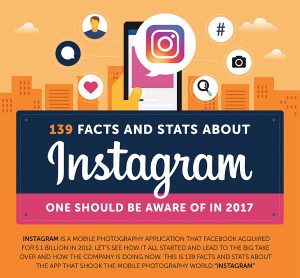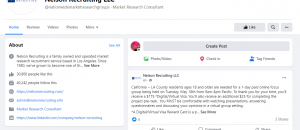by Laurie Sullivan, Staff Writer @lauriesullivan, September 14, 2016

A bad customer experience (CX) triggers negative emotions toward a brand, even in search advertising and marketing. It’s about eliminating the friction from the experience and making the journey with the brand more enjoyable.
Most marketers are paying more attention to CX. In fact, Forrester data shows that 71% of businesses prioritize CX improvements. Many are paying off. Greg Poffenroth, a senior manager in West Monroe’s customer experience practice, provides tips on how to apply a better experience in search advertising.
Search Blog: Considering your work in customer experience, how do you view the future of search engine advertising and marketing? How does the customer experience fit in?
Greg Poffenroth: When you boil it down, customer experience strategy is about two things: relevance and simplicity. It’s about putting the customer and their needs first in every way that we can, including the media we use to attract and engage. When I think about search engine marketing, the tactics and strategies are really no different than what the industry has been talking about for a few years. It’s just that we’ve now reached a point where the technology is catching up and increasing our ability to act.
What does this mean for the future? My hypothesis is that we will start to see more opportunities for distributed content. One barrier to SEM is that a user has to actually navigate to a search engine to get the results (and opportunity as a marketer) they are looking for. Going back to the point about simplicity, most brands and startups are working to find ways to remove steps from the process — even ones we’ve assumed are fundamental to the experience. That means spending less time on a search domain, and more time getting relevant suggestions via voice, through your car’s interface, and other places that aren’t bound by a browser.
SB: Is there a technology missing to make this a reality — and if yes, what does it look like and what does it do?
GP: The difficult thing from a marketing perspective is this sort of philosophy clearly solves the simplicity side of customer experience, but it is far more difficult to create and serve relevance in a scenario where sponsored content isn’t naturally available as an option. To give you an example, if I ask my Amazon Echo to find “the best sushi restaurant near me” it would be easy to give me one, non-sponsored result, but it would be unnatural to list 10 sponsored results that follow. It’s a great search marketing opportunity in the largest sense of the word, but there’s technical work to be done that will allow for a sponsored experience in a way that doesn’t detract from the overall customer experience.
Today, the search marketing paradigm as we know it stands to miss out on many of these types of emerging technologies. So to answer your question, the technology that’s missing in my opinion is the processes/logic/code that allow us to further the definition of search marketing. The platforms that allow consumers to search are growing exponentially and in new ways, search marketing needs to catch up.
SB: When you wake at 2 a.m. and cannot get back to sleep at night, what type of customer experience or advertising strategy are you thinking about?
GP: The thing that always keeps me up at night is “how,” as opposed to the “what” or “why” of a problem. There’s no shortage of great customer experience strategy in our industry, but where the rubber meets the road is where businesses are able to (or not) execute on that strategy in a way that’s meaningful. In a way, the foundational strategy is becoming table-stakes, it’s the execution that really differentiates from the competition. And now with an increasing number of platforms/media/channels/data/etc. the environment is only getting more complex.
If I had to pick one theme, the “how” of creating customer experience scale is one of the more difficult problems we collectively work to solve. There are many examples of unique customer experiences in the market, but I’d argue most of them are more pilot than programmatic. They represent one-off projects that connect with a small segment of your customer base. Extending beyond that through things like data and automation in ways that are relevant to the customer is difficult.
SB: Is the industry headed down a wrong path and, if yes, where should we have made the turn, did we already pass the opportunity?
GP: I wouldn’t say the industry is heading down the wrong path, but I would say we’ve been slow to adopt an expanded definition of search marketing and customer experience. It may be for fear of cannibalizing current opportunities, or a lack of technology to support until now, but we’ve been too myopic with how we’re able influence the business as a whole (vs. just the marketing department).
It may be overly simplistic, but we could have (and still should) done a better job of quantifying how building a proper and differentiated customer experience influences the business. That calls for a greater emphasis on analytics, ROI, business models that have been long deemed by the industry as numbers that are “too difficult to get.” We’re doing well in pockets, and SEM is an example where we’ve made significant progress, but there is more work to be done.
SB: What is the best piece of career advice anyone ever gave you?
GP: I’ve received an unbelievable amount of advice and mentoring over the years, so it’s tough to pick just one theme. One of my favorites is motion does not create momentum. To me, it means that you can’t simply go through the motions of business and expect anything other than standard results. To create true career, and business, momentum, it’s on you as an individual to create higher expectations. Think differently, put yourself out there, and push for what you believe in.
MediaPost.com: Search Marketing Daily
(60)
Report Post






